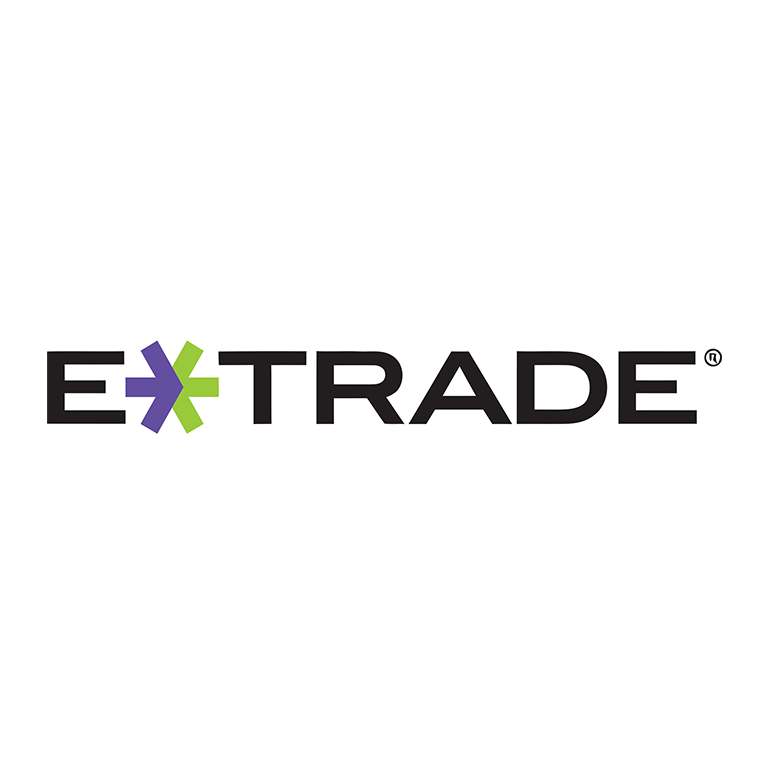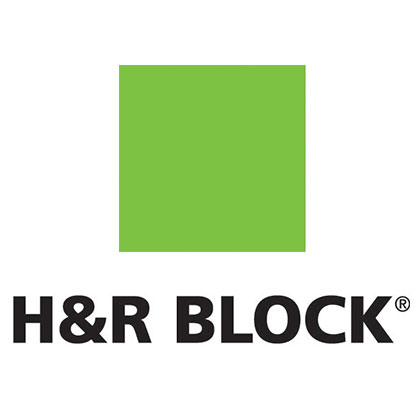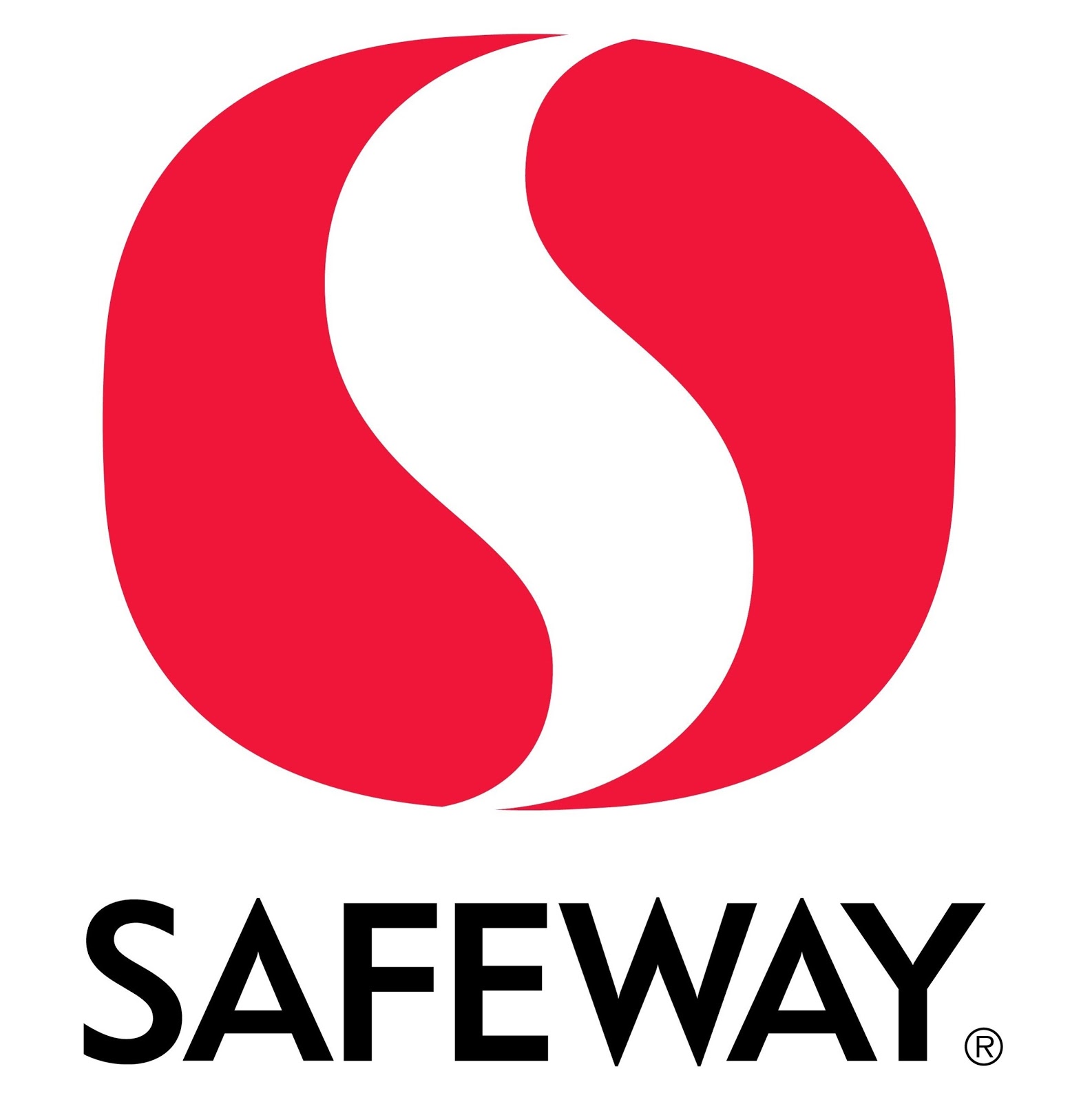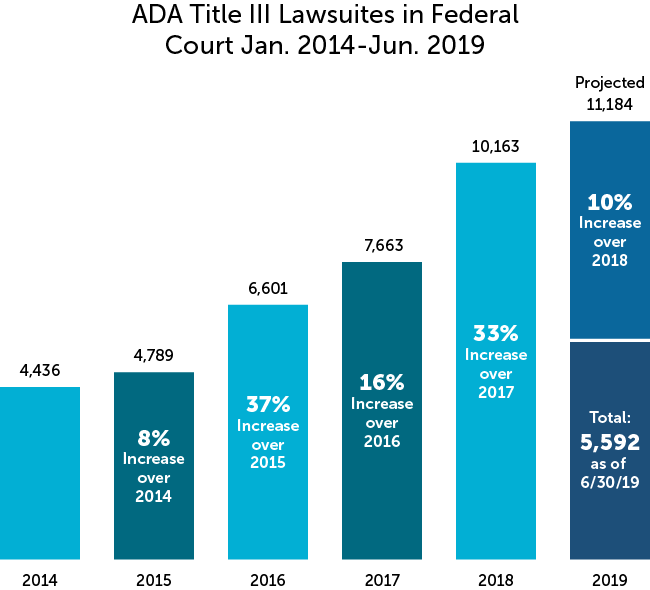Legal Compliance to Meet ADA and WCAG 2.1 Guidelines
The number of website accessibility lawsuits filed in federal court has skyrocketed in recent years. The lawsuits allege that internet users with a disability could not use the websites named because these individuals were not able to operate screen readers and/or other accessibility technologies.
High-Profile Lawsuits

E*Trade
In June 2014, structured negotiations began with E*Trade regarding accessibility claims for visually impaired users on the us.etrade.com website and E*TRADE mobile applications. (https://www.lflegal.com/ )

Amazon
In 2018, Amazon was slapped with a class action lawsuit regarding inaccessibility of Amazon.com for users with visual disabilities and screen-reader software compatibility. (Case 1:18-cv-00973 )

Carnival Cruises
In 2015, Carnival's parent company was ordered to conform all websites under its umbrella to WCAG standards within 18 months. (DJ No. 202-17M-206)

Domino's Pizza
This case filed in January of 2019 concerning site inaccessibility and screen-reader incompatibility for the visually impaired is currently ongoing in the Supreme Court. (No. 17-55504)

H&R Block
The settlement against H&R Block in 2014 included nearly $150,000 in payments and penalties in addition to court-ordered ADA website compliance updates.(DOJ #202-76-97)

Harvard University
Filed in February of 2015, Harvard University's lawsuit centered on the lack of captioning of educational materials, making them inaccessible to the hearing impaired. Resulted in payment of over $1.5 million in attorneys’ fees. (Case 3:15-cv-30023-KAR)

Hulu
In October of 2018, a settlement was reached with HULU to improve access to its platform for users with visual or auditory disabilities and fully comply with WCAG standards by Jan 2020. (Case 1:17-cv-12285 )

Netflix
This case, which began back in 2011, not only led to Netflix adding "captioning" to all streaming content for the hearing disabled but also a payment of over $750,000 in court fees and damages.(3playmedia.com)

Safeway
A lawsuit of a different sort, this suit was filed in 2019 regarding Safeway's online employment portal. The settlement included a payout to the plaintiff amounting to $75,000 in addition to court-ordered website updates.( DJ # 202-14-232 )

Weight Watchers
Suit was filed in 2011 regarding Weight Watchers' website being incompatible with screen readers used by the visually disabled, leading to WCAG website updates. (https://www.lflegal.com/ )

MIT
As a result of a Feb 2015 lawsuit, MIT was required to address the lack of captioning on educational materials and make them accessible to the hearing impaired. (Case 3:15-cv-30024-MGM)

Over 50 US Colleges
A slew of lawsuits have been filed against U.S. colleges that are in violation of the Americans With Disabilities Act, as their websites are not accessible to people with disabilities. (https://www.insidehighered.com/ )
Brands and businesses of all sizes, from enterprising entities to local small businesses, are finding themselves targeted by lawsuits such as those presented here. While court cases like these were once confined to the largest of brands, they have now begun to trickle into the private sector. Time is running out when it comes to taking steps to avoid ADA website compliance lawsuits.
It must be noted that while avoiding such lawsuits may be a desirable byproduct of being ADA compliant, it is not the sole benefit of compliance. Adhering to the latest WCAG guidelines ensures that your business is available and accessible to persons of every ability level. It is the right thing to do as a business owner, and we can help you achieve your accessibility goals faster.
The Growth in the Number of Lawsuits
The frequency and number of lawsuits has been growing since 2016. In an expose filmed in December 2016, 60 Minutes called the “thousands of lawsuits” filed in the U.S. for violations of the Americans with Disabilities Act nothing more than a shakedown.
Is It a Shakedown?
Although some attorneys are finding the ADA requirements a quick way to make money, there are many ADA attorneys who are sincerely fighting to help those with disabilities more easily navigate and use the web. It is our opinion that it is a good business practice to make your website available to all. Not only are you making sure your business is available to millions of additional customers, you are also joining us in our mission to make the internet a truly “equal-access” tool.

What Is ADA Title III?
According to ADA.gov, “Title III prohibits discrimination on the basis of disability in the activities of places of public accommodations (businesses that are generally open to the public and that fall into one of 12 categories listed in the ADA, such as restaurants, movie theaters, schools, day care facilities, recreation facilities, and doctors’ offices) and requires newly constructed or altered places of public accommodation—as well as commercial facilities (privately owned, nonresidential facilities such as factories, warehouses, or office buildings)—to comply with the ADA Standards.”
Generally speaking, most businesses, private and public, fall under Title III. These regulations are the basis for the WCAG 2.1 guidelines. While at one time the focus was on accessibility for physical storefronts, the online world is now seen to be just as relevant. Considering the volume of ecommerce and general activities we rely on the internet for on a daily basis, it is completely understandable that steps are being taken to ensure that everyone has the same access to this robust digital ecosystem.
How Can I Make My Website Accessible?
The first step in getting your site ADA compliant is to address the compliance issues as laid out under the WCAG 2.1 guidelines. These guidelines cover nine common themes:
- Color contrast
- Providing descriptive labels
- Alt text for links and images
- Making information in tables accessible and easy to read
- Navigation of your site via keyboard only
- Indicating the focus for the user on the screen (pointers and lines)
- The size of fonts
- Headings and labels
- Captions for video and audio content
Every “theme” has levels of compliance, such as “A,” “AA,” and “AAA.” At the end of the day, gaining compliance takes time and a tedious level of attention to detail to ensure that accessibility requirements are met and all applicable online features are monitored and continually updated.
True Accessibility Is Here to Help You
We want you to be able to focus on your business—while we make sure it is accessible and shielded from financial harm. All of our clients are protected by up a million dollars of insurance coverage and a compliance plan specific to their brands and compliance needs. Contact our team now to get started for FREE.

Recent Comments